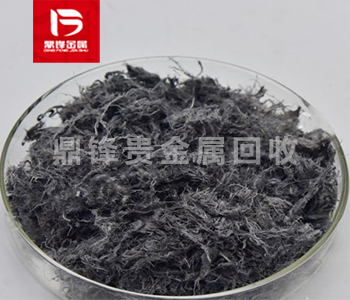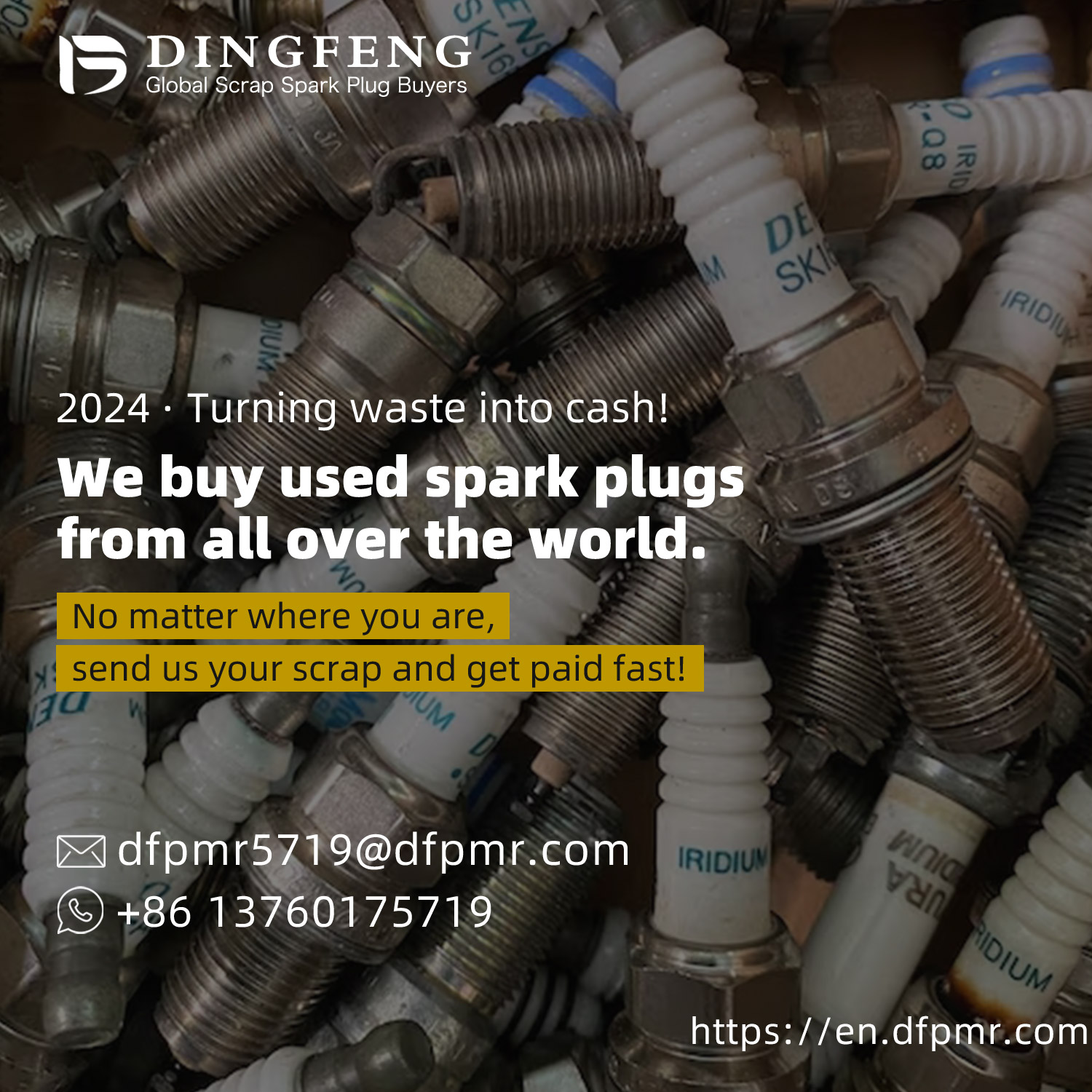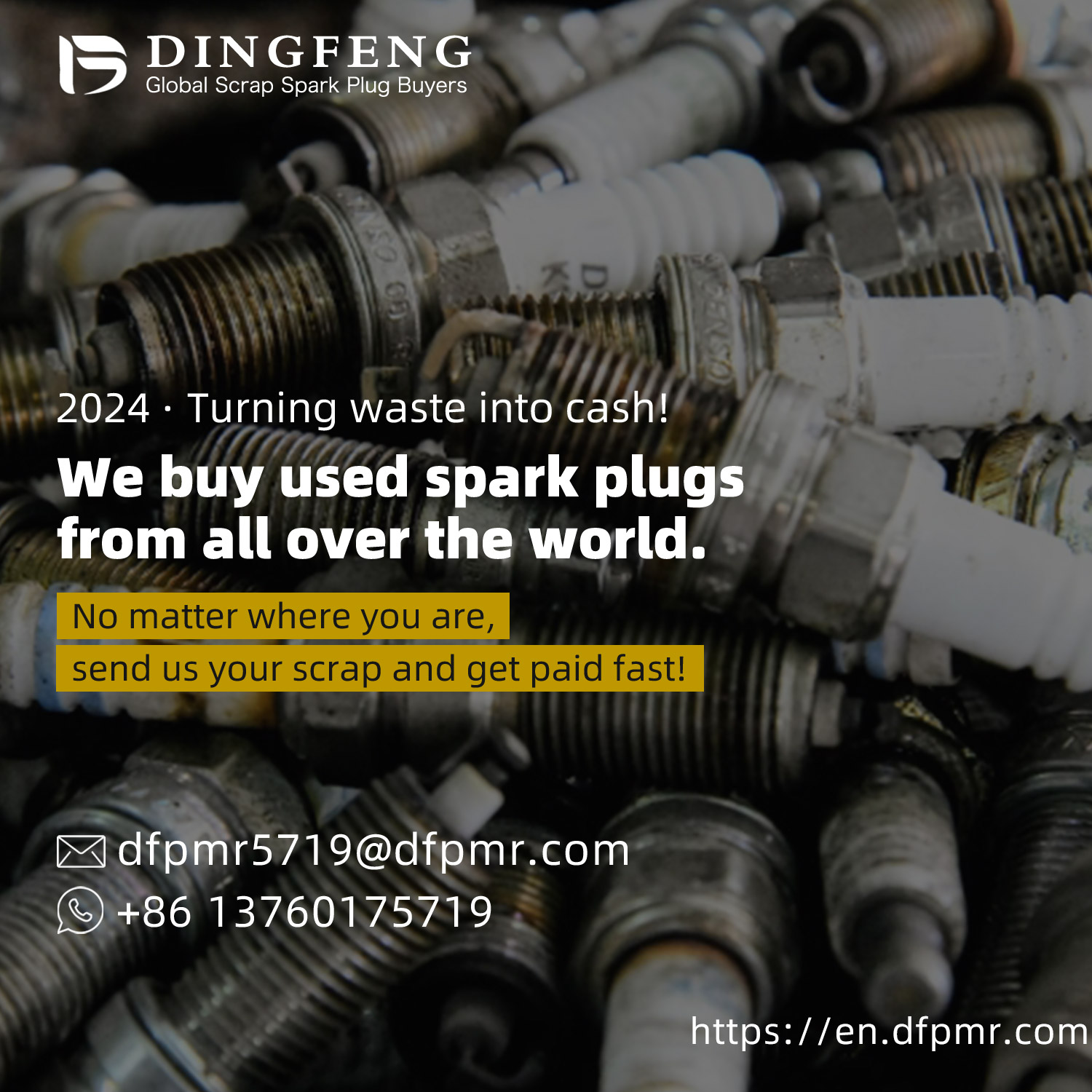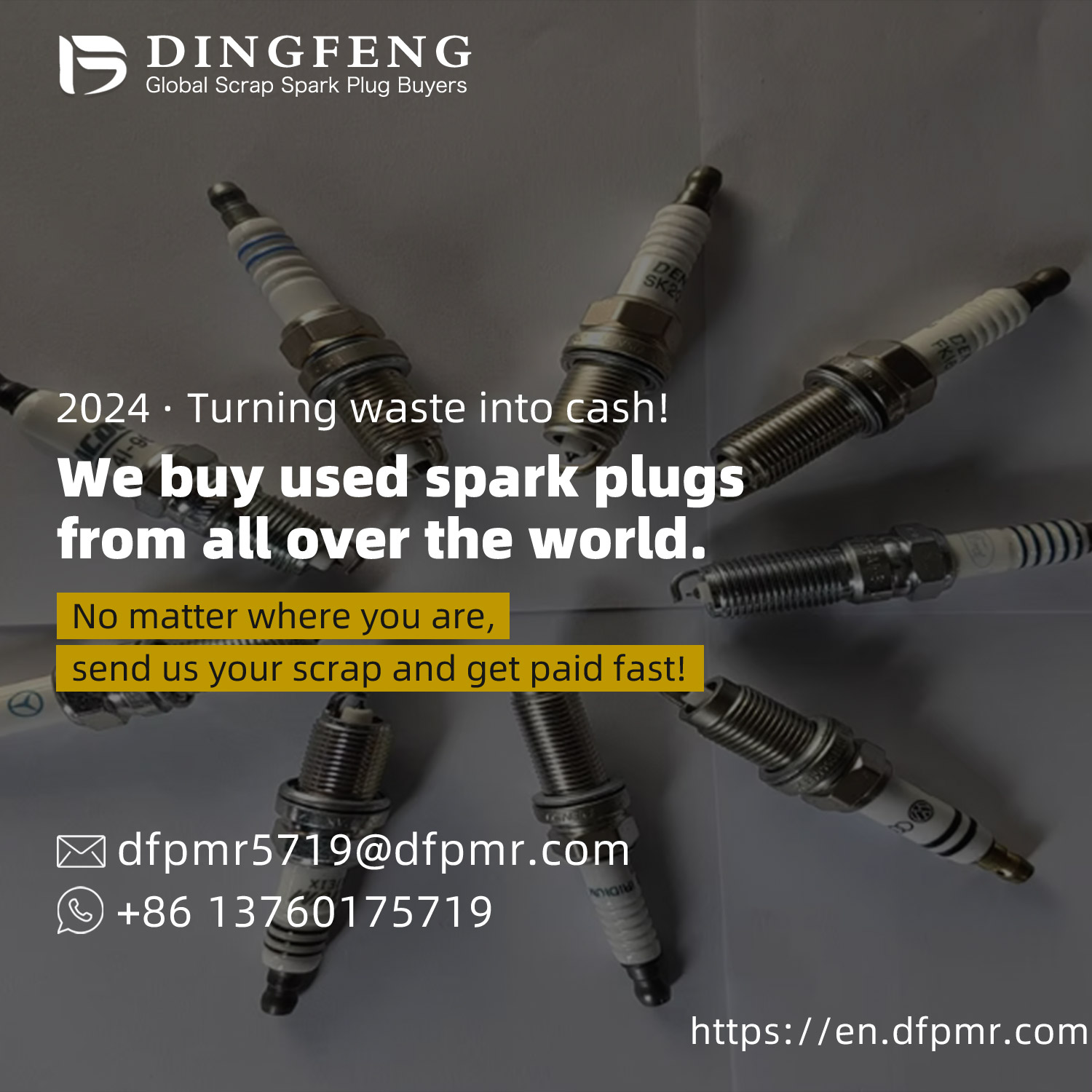The role of gold plating recycling in sustainability strategies
Gold recycling is an important aspect of sustainable development. Recycling gold not only reduces the waste and pollution generated by mining and exploitation, but also protects natural resources and
Gold recycling is an important aspect of sustainable development. Recycling gold not only reduces the waste and pollution generated by mining and exploitation, but also protects natural resources and reduces the Carbon footprint of gold production. Gold plating recycling is a key part of the gold recycling process. During this process, the gold-plated material is separated from the base metal and gold is extracted through various methods. This process allows for the recovery of valuable gold without the need for new mining and reduces the environmental impact of gold production.
The gold recycling process includes several stages. The first stage is classification and grading. The gold-plated material is separated from other metals and classified according to quality and purity. The next stage is the processing of gold-plated materials. Gold is extracted using various methods, such as electrolysis, chemical treatment, or grinding and melting. Electrolysis involves passing current through a solution containing a gold-plated material. The gold plating is dissolved and the gold is deposited on the electrode. Chemical treatment includes the use of chemicals such as nitric acid or aqua regia to dissolve gold plating. Then separate and purify the gold from the solution. Grinding and melting include decomposing and melting the gold plated material to extract gold.
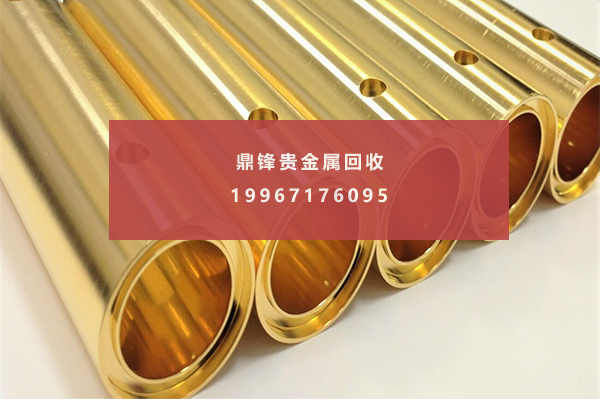
Recycling gold-plated materials is crucial for sustainable development. Gold plated materials are typically present in electronic devices such as telephones, computers, and other electronic devices. The demand for electronic equipment is increasing, and the amount of Electronic waste generated is also increasing. Gold plating recycling provides a solution for treating electronic waste while recycling valuable gold. Recycling gold-plated materials can prevent the release of toxic chemicals and heavy metals into the environment. The mining and extraction of gold involves the use of chemicals such as cyanide and mercury, which can cause pollution and harm to the environment and local communities. Gold plating recycling can reduce the amount of waste generated by mining and mining, and prevent the release of toxic chemicals into the environment.
Gold plating recycling can also protect natural resources. Mining and mining gold involves the destruction of natural habitats and ecosystems. Recycling gold reduces the demand for new mining and helps protect natural resources such as water, energy, and land. One of the biggest benefits of gold plating recycling is its economic impact. Recycling gilded materials can create employment opportunities and generate income. The recycling industry provides employment opportunities for personnel engaged in the collection, classification, and processing of gilded materials. Recycling gold-plated materials can also generate revenue from the sale of recycled gold. Gold plating recycling also contributes to the circular economy. Circular economy is an economic model that promotes the recycling of materials and products. Gold plating recycling conforms to this mode, recycling valuable gold, reducing waste and pollution. Circular economy promotes sustainable development by reducing dependence on new resources and reducing the impact of resource extraction on the environment.
Gold plating recycling is also beneficial for the gold industry. The gold industry benefits from the use of recycled gold, reducing the demand for new mining and ensuring sustainable supply of gold. The recovered gold also reduces the cost of gold production by using existing resources instead of new mining.
Gold plating recycling faces challenges. One of the challenges is a lack of awareness and knowledge about the benefits of gold recycling. Many people still do not know the environmental and economic benefits of gold recycling, so they do not recycle gilded materials. Another challenge is the lack of infrastructure and technology for gold recycling. The technology and infrastructure for gold recycling are not widespread in many parts of the world. This makes it difficult for people to recycle gold-plated materials, and the gold industry also finds it difficult to obtain recycled gold.
Gold plating recycling is an important aspect of sustainable development. Gold plating recycling reduces waste and pollution, protects natural resources, creates employment opportunities and income, contributes to the circular economy, and benefits the gold industry. However, there are challenges to gold plating recycling that need to be addressed, such as a lack of awareness and knowledge, as well as a lack of infrastructure and technology. It is necessary to promote the benefits of gold recycling and invest in the infrastructure and technology of gold recycling to ensure sustainable development.
&Quot; Dingfeng Precious Metals Recycling includes precious metals such as gold, silver, palladium, rhodium, platinum, germanium, iridium, ruthenium, etc. This is our business in precious metal recycling. If you have precious metals such as gold, silver, palladium, rhodium, platinum, germanium, iridium, ruthenium that need to be recycled, please contact us and we will provide you with a satisfactory price& Quot;



